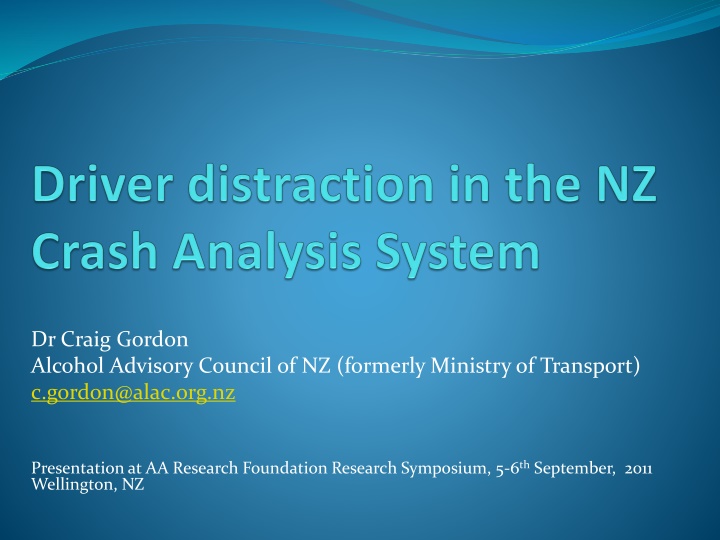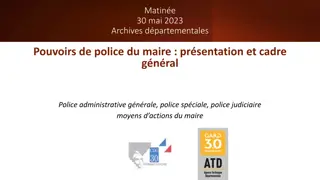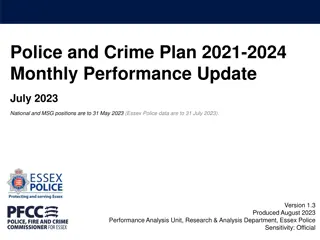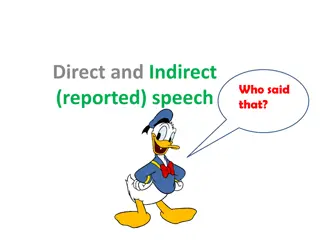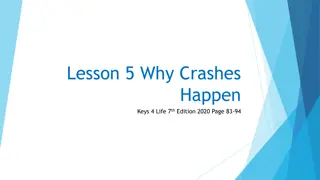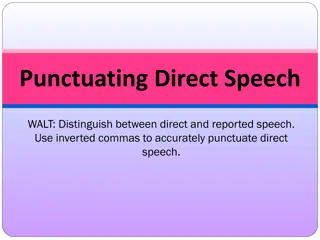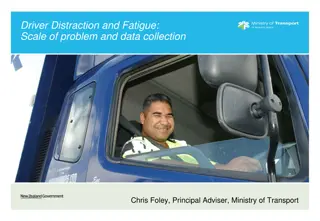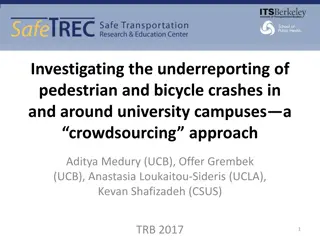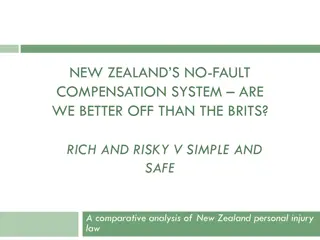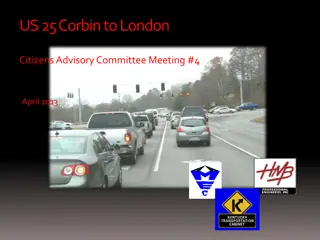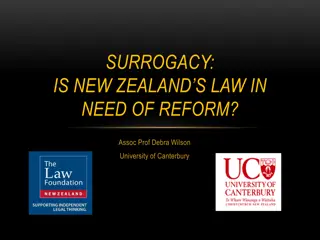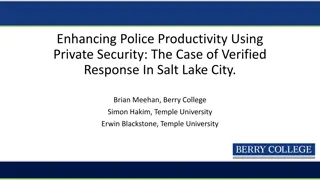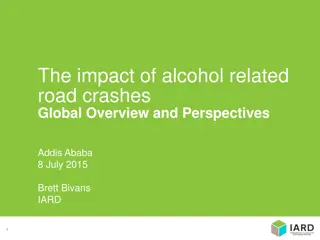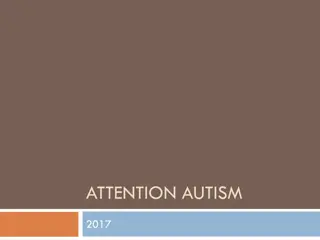Analysis of Attention Diverted by Series in New Zealand Police-Reported Crashes (2000-2006)
Dr. Craig Gordon from the Alcohol Advisory Council of NZ presents findings on attention diversion in crashes. The study reviewed distraction sources, crash involvement percentages, and details on MoT project content. Results highlight main driver categories and non-driving distractions during the specified period.
Download Presentation

Please find below an Image/Link to download the presentation.
The content on the website is provided AS IS for your information and personal use only. It may not be sold, licensed, or shared on other websites without obtaining consent from the author.If you encounter any issues during the download, it is possible that the publisher has removed the file from their server.
You are allowed to download the files provided on this website for personal or commercial use, subject to the condition that they are used lawfully. All files are the property of their respective owners.
The content on the website is provided AS IS for your information and personal use only. It may not be sold, licensed, or shared on other websites without obtaining consent from the author.
E N D
Presentation Transcript
Dr Craig Gordon Alcohol Advisory Council of NZ (formerly Ministry of Transport) c.gordon@alac.org.nz Presentation at AA Research Foundation Research Symposium, 5-6thSeptember, 2011 Wellington, NZ
Outline The attention diverted by series MoT project What was done Summary of findings Acknowledgments Stephen Evans, Ministry of Transport Gordon, C. (2009). Reviewing how distraction involvement is coded in the New Zealand crash analysis system. In proceedings of the 4thIRTAD International Traffic Safety Data and Analysis Group conference, Seoul, Korea, 16-17th September.
Attention diverted by series Passengers Scenery or persons outside the vehicle Other traffic Animal or insects in vehicle Trying to find intersection/house number, destination Advertising or signs Emotionally upset / road rage Cigarette, radio, heater, air conditioning, glove box, object under drivers feet/pedals etc Cell phone Navigation devices CB radio / non-cell commsdevice Driver dazzled (or sunstrike) Other unspecified
Involvement in CAS % crash involvement attention diverted by out of all police-reported crashes Fatal crashes Injury crashes 14% 12% 10% 8% 6% 4% 2% 0%
MoT Project Content review of attention diverted by series Purpose: to find out what the series contained 7,261 police reported crashes between 2000-2006 Coded as much detail as possible Revised category scheme 6 summary level filters 32 source filters
Involvement in Attention diverted by series (2000-2006, main source driver categories and non-drivers) Pedestrians/Cyclists Driver state (mainly emotional upset) Driver unspecified inattention Driver unspecified distraction Driver secondary task activity (non- driving related) Driver driving-related activity Driver internal thought 0% 10% 20% 30% 40% 50% 60%
Focus on secondary task activity Proportion out of secondary task activity Passengers Telecommunications Entertainment Internal activity/personal effects Eating/drinking Smoking Pets/insects Climate/vehicle controls Internal other Scenery Directions Vehicles Police People External other 0% 5% 10% 15% 20% 25%
Focus on driving-related activity Proportion out of driving-related activity Sunstrike or reacting to sunstrike Looking at traffic/vehicles Checking for traffic Using mirrors Headlights or reacting to headlights Vehicle-related controls People/pedestrians Other driving-related 0% 10% 20% 30% 40% 50%
Additional information: http://www.transport.govt.nz/research/divertedattention/ Types of fatal or serious crashes where the driver's attention was diverted (annual average 2006 - 2008) Overtaking or lane change Head on Lost control / off road Collision with obstruction or rear end Drivers in fatal or serious crashes involving diverted attention by age group (annual average 2006 - 2008) Open road Intersection or turning Urban Pedestrian 50 10% Other Diverted attention involved 45 9% Proportion of age group % age group 40 8% 0 10 20 30 40 50 60 Number of drivers 35 7% Annual average crashes 30 6% 25 5% 20 4% 15 3% 10 2% 5 1% 0 0% Age groups
Summary Comments Attention diverted by series Contains Secondary task activity (non-driving) Internal thought Driving-related activity Emotional state Not all drivers pedestrians/cyclists as well Involved in approximately 10-12% of crashes With approximately being secondary task activity
